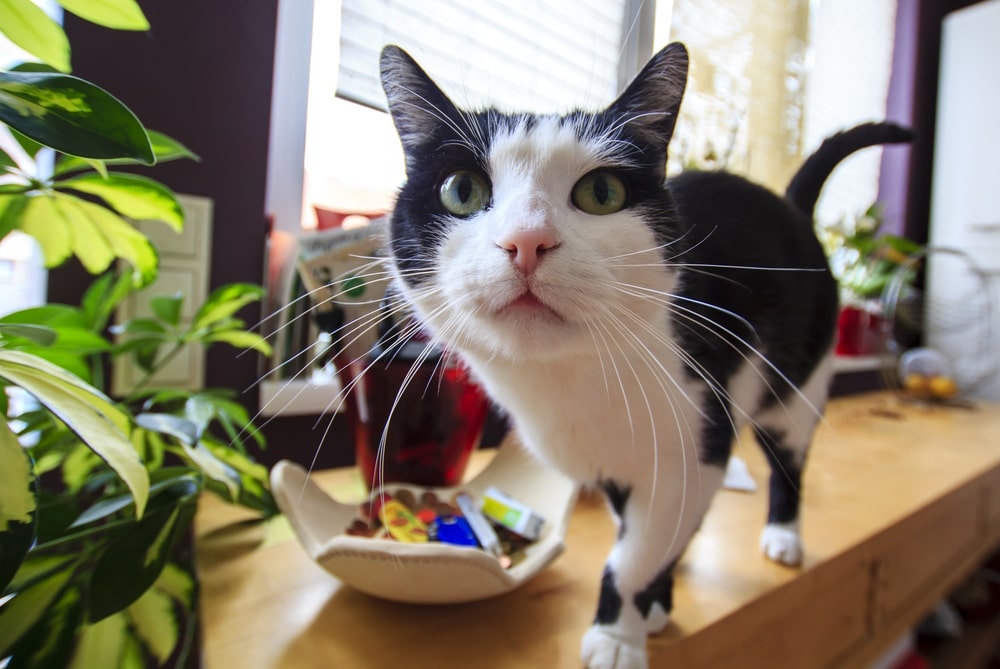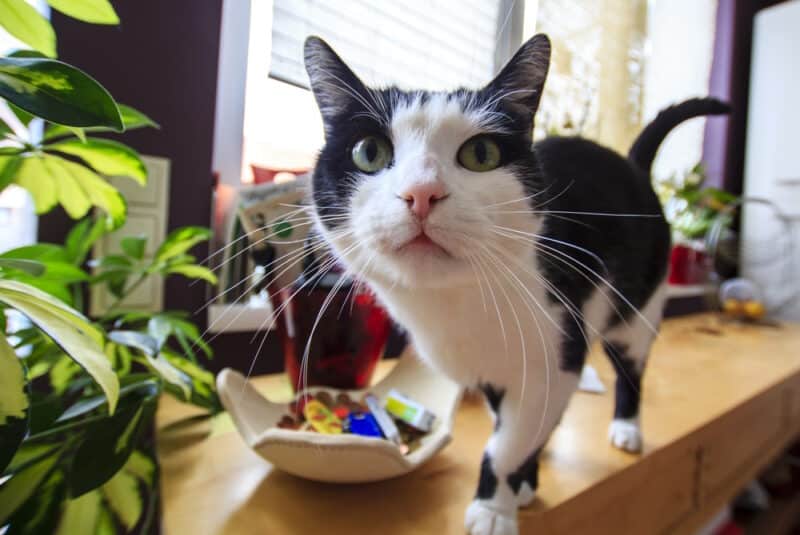Few things are more exciting than picking a name for your brand-new kitty. There’s no shortage of names to choose from, but names that end in Y have a particular appeal. Some are gender-neutral or have fun nicknames, and others can be spelled with variations like an “ie” or “i” at the end with a “y” sound.
Take a look at the top 80 cat names ending in Y for your new kitty and get some inspiration.
Names That End in Y for a Female Cat
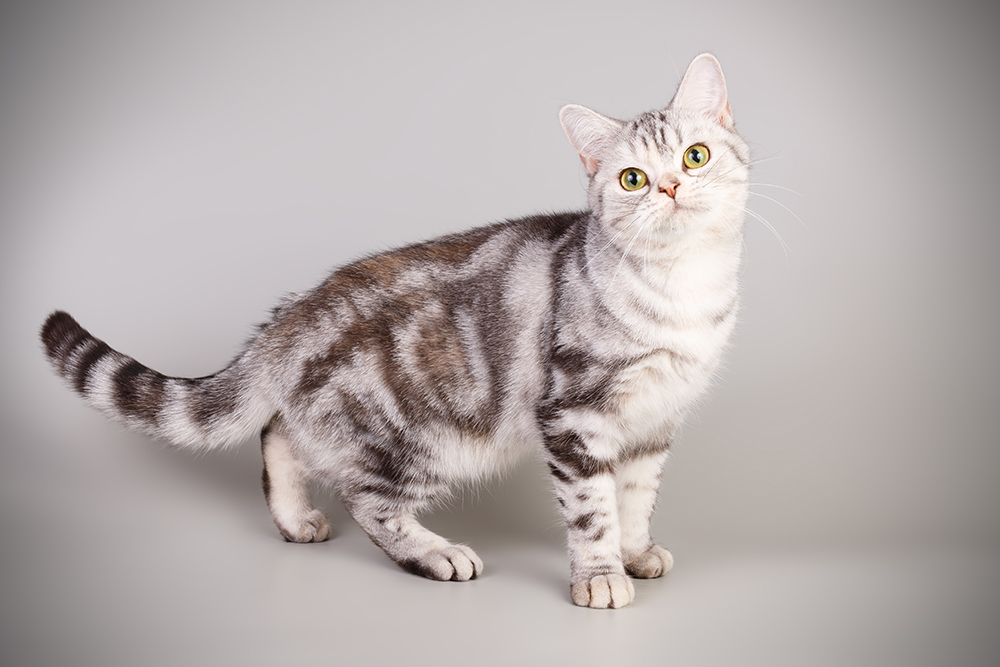
If you have a female cat and want a name that captures their feminine energy, one of these names might be perfect!
- Aubrey: Old English name meaning “elf ruler”
- Audrey: Meaning “noble strength”
- Avery: Meaning “ruler of the elves”
- Bellamy: French name meaning “good friend”
- Bradley: English name meaning “broad clearing in the woods”
- Cassidy: Irish name meaning “curly-haired” or “clever”
- Clarity: Meaning “clear and bright”
- Daisy: Name derived from the flower symbolizing innocence and purity
- Dorothy: Greek and English name meaning “gift of God”
- Elody: Meaning “foreign wealth”
- Emily: Meaning “rival” or “industrious”
- Felicity: Latin name meaning “happiness”
- Finley: Celtic name meaning “fair-haired warrior”
- Hadley: Old English name meaning “heather meadow”
- Hailey: Meaning “hero”
- Hillary: Latin and English name meaning “cheerful”
- Holly: Name derived from the plant symbolizing winter
- Ivy: Name of a plant and symbol of fidelity and friendship
- Kennedy: Meaning “helmeted chief”
- Kimberly: Meaning “from the wood of the royal forest”
- Lacey: French and English name meaning “lace-like”
- Liberty: Meaning “freedom”
- Lily: Name for a flower and symbol of innocence
- Mallory: French name meaning “bad luck”
- Melody: Greek and English name meaning “song like”
- Poppy: Name derived from the flower symbolizing remembrance
- Romilly: French name meaning “from the Roman settlement”
- Serenity: Meaning “calm” or “peaceful”
- Sydney: Meaning “wide island”
- Tiffany: Meaning “appearance of God”
- Trinity: Meaning “threefold” or “holy trinity”
- Verity: Latin name meaning “truth”
- Zoey: Greek name meaning “life”
Names That End in a Y for a Male Cat
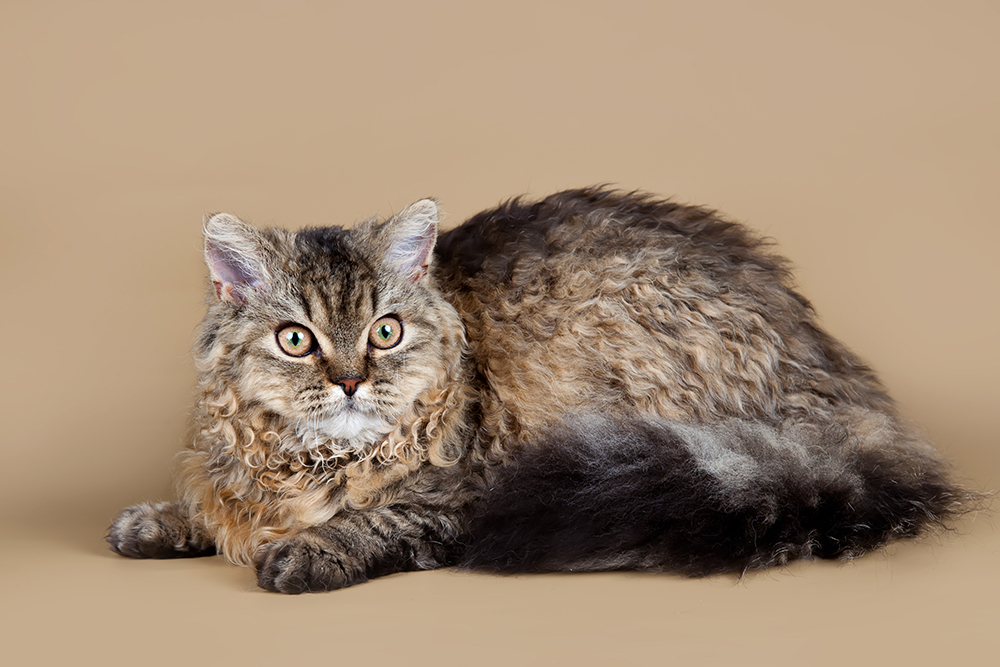
Some cat owners want a masculine name for their male kitty. If that interests you, check out our list of names that end in “y” for your male kitty.
- Anthony: Meaning “priceless one”
- Brantley: Old Norse name meaning “fiery torch”
- Cagney: Irish name meaning “descendant of the fiery one”
- Carey: Irish and Welsh name meaning “from the fortress”
- Cody: Native American name meaning “helpful”
- Copley: English name meaning “settlement of the trader”
- Corey: Irish name meaning “cauldron”
- Crosby: English name meaning “by the cross”
- Darcy: French name meaning “from Arcy”
- Embry: Old English name meaning “work rule”
- Harvey: Meaning “battle worthy”
- Henry: Meaning “ruler of the household”
- Huxley: English name meaning “inhospitable place”
- Jeffrey: Meaning “pledge of peace”
- Jeremy: Biblical name meaning “appointed by God”
- Landry: French name meaning “ruler”
- Levy: Jewish name meaning “joined” or “attached”
- Oakley: English name meaning “meadow of oak trees”
- Randy: British name meaning “wolf” or “shield”
- Rocky: British name meaning “rest”
- Rory: Irish name meaning “red king”
- Teddy: French name meaning “wealthy protector”
- Timothy: Meaning “honoring God”
- Toby: Hebrew name meaning “God is good”
- Tully: Irish name meaning “peaceful”
- Wesley: Old English name meaning “western meadow”
- Zachary: Hebrew name meaning “remembered by God”
Gender-Neutral Cat Names that End in Y
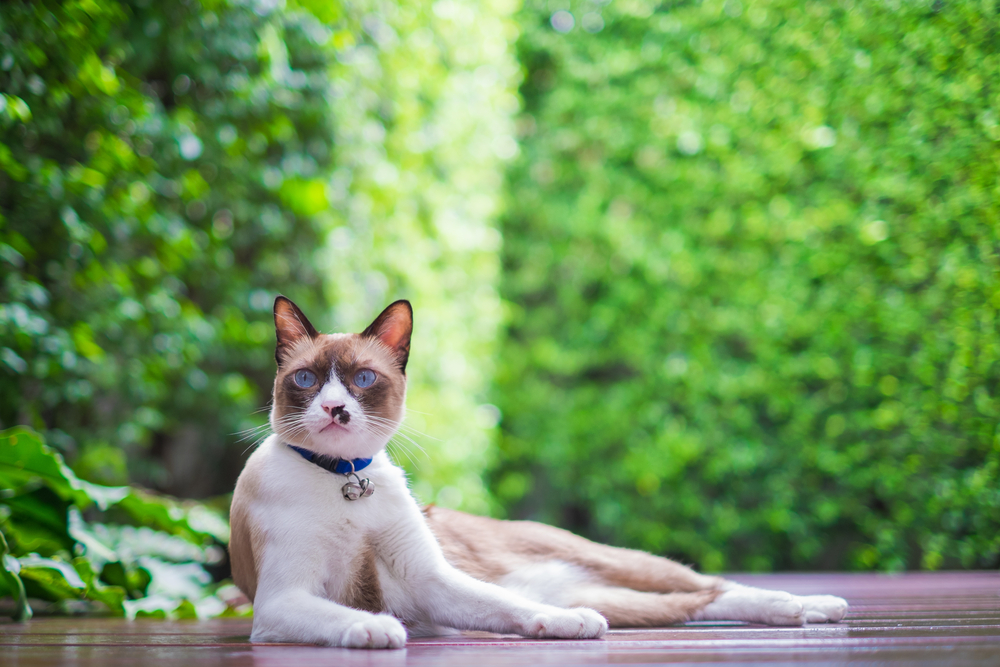
- Berkley: Scottish name meaning “birch tree meadow”
- Bexley: English name meaning “clearing surrounded by box trees”
- Casey: Irish and English name meaning “brave”
- Emory: English name meaning “home strength”
- Harley: Old English name meaning “hare meadow”
- Henley: British name meaning “high meadow”
- Joey: English name meaning “God will increase”
- Journey: British origin meaning “trip”
- Kelly: Irish name meaning “bright-headed”
- Kenley: British name meaning “king’s meadow”
- Legacy: English name meaning “something left by a predecessor”
- Majesty: Latin name meaning “dignity”
- McKinley: Scottish name meaning “son of the fair warrior”
- Navy: British name derived from a fleet of ships
- Presley: Old English name meaning “priest”
- Quincy: Roman name meaning “fifth”
- Remy: French name meaning “oarsman”
- Shelby: Norse name meaning “willow”
- Sunny: British name meaning “sunshine”
- Terry: Germanic name meaning “powerful rule of the people”

Choose Your New Kitty Name
If you’re set on a name that ends in Y, you have plenty to choose from. Whether you want a gender-neutral name, a name from a flower, or a name with literary or Hollywood connections, there are plenty of interesting and unique names with a playful and informal “y” ending.
Featured Image Credit: Rrrainbow, Shutterstock

